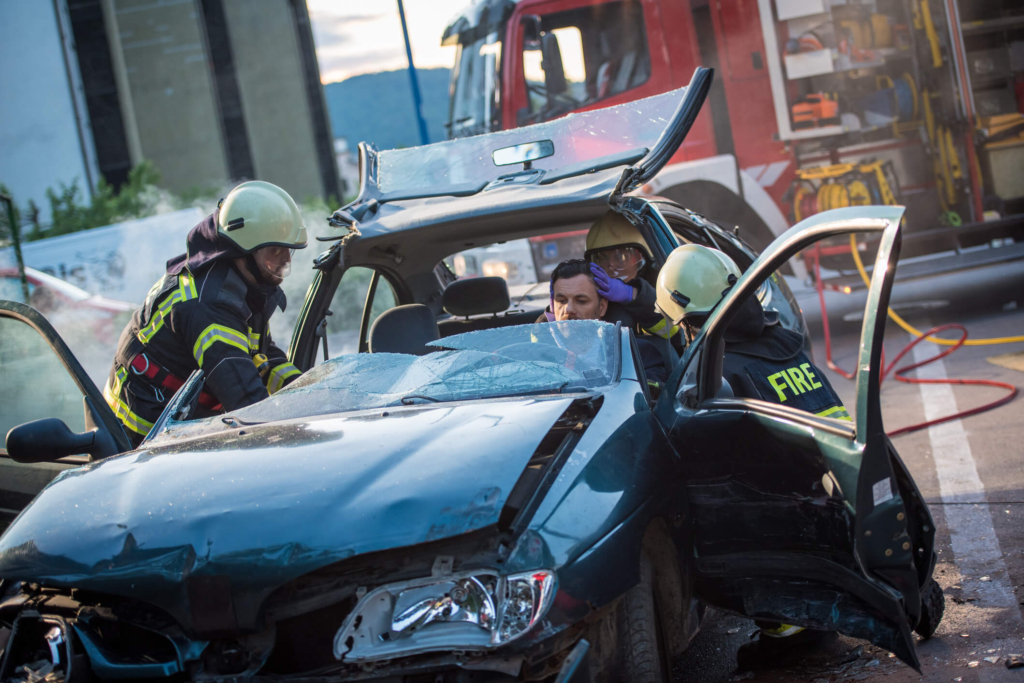Every time a driver hits the gas and exceeds the posted speed limit, they’re not just breaking the law—they’re increasing the risk of a car crash that can change lives in an instant. Speeding is one of the leading causes of traffic fatalities in the United States, and it’s a problem that’s often underestimated by drivers who just want to shave a few minutes off their commute.
A car accident lawyer in St. Louis can get you the justice you deserve should, you or a loved one be seriously injured from a negligent, speeding driver.

While it might seem harmless to drive 10 or even 20 miles over the limit, the statistics tell a different story. Speeding-related crashes claim thousands of lives every year and leave countless others with serious, sometimes permanent injuries. Understanding why speeding is so dangerous—and how to prevent it—can help make our roads safer for everyone.
The Grim Statistics Behind Speeding
According to the National Highway Traffic Safety Administration (NHTSA), speeding has been a factor in approximately one-third of all motor vehicle fatalities for more than two decades. In 2022 alone, over 12,000 people were killed in speed-related crashes in the U.S.—that’s an average of over 33 deaths per day.
These numbers aren’t just statistics—they represent parents, children, coworkers, and neighbors whose lives were cut short due to a preventable cause.
Why Speeding Increases the Risk of Crashes
Speeding affects a driver’s ability to react quickly and safely. Here’s how:
- Reduced Reaction Time: The faster you’re going, the less time you have to respond to an unexpected hazard—like a pedestrian crossing the street or a car suddenly braking in front of you.
- Increased Stopping Distance: At 60 mph, a car needs more than 300 feet to come to a complete stop. At 80 mph, that distance increases dramatically. Even a split second delay can be deadly.
- Greater Impact Force: The physics of a crash change drastically with speed. Higher speeds result in more force during collisions, which often translates into more severe injuries or fatalities.
- Less Control: At high speeds, it’s easier to lose control of the vehicle, especially on curves, wet roads, or uneven pavement.
Common Scenarios Where Speeding Turns Deadly
Speeding is especially dangerous in certain environments:
- Residential neighborhoods where children or pets might dart into the street
- School zones where reduced speed limits are crucial for student safety
- Work zones where workers and shifting road patterns increase the risk of accidents
- Wet or icy roads where tires can easily lose traction
Even experienced drivers can find themselves in trouble when they ignore speed limits under these conditions.
Who Is Most Likely to Speed?
Studies show that young male drivers are more likely to engage in risky driving behaviors like speeding, especially when driving alone or late at night. But speeding isn’t limited to any one demographic—many drivers admit to speeding regularly out of impatience, running late, or simple inattention.
There’s also a psychological component: Some people speed out of habit or even for the adrenaline rush, falsely believing they’re in full control.
The Role of Law Enforcement and Technology
Law enforcement agencies across the country continue to crack down on speeding through increased patrols and speed cameras, especially in high-risk areas. While tickets and fines act as deterrents, some cities are turning to technology to address the problem more proactively.
For instance, modern vehicles often come equipped with features like adaptive cruise control, speed limit alerts, and even speed governors that help prevent excessive speeding. Apps that track driver behavior can also be used by parents or employers to monitor and correct unsafe habits.
How to Help Prevent Speed-Related Crashes
Whether you’re a new driver or someone who’s been on the road for decades, here are a few tips to help avoid the dangers of speeding:
- Plan ahead. Leave early so you’re not tempted to rush.
- Stay aware. Keep an eye on speed limit signs and road conditions.
- Use cruise control. It helps maintain a consistent speed on highways.
- Drive defensively. Expect the unexpected and keep your distance.
- Set a good example. If you’re driving with kids or teens, your behavior sets the tone for how they’ll drive in the future.
Be Safe And Don’t Speed
Speeding is often seen as a minor offense, but its consequences can be anything but minor. When drivers ignore speed limits, they’re gambling with their own lives—and the lives of everyone else on the road. Slowing down may cost you a few extra minutes, but it could save a life.